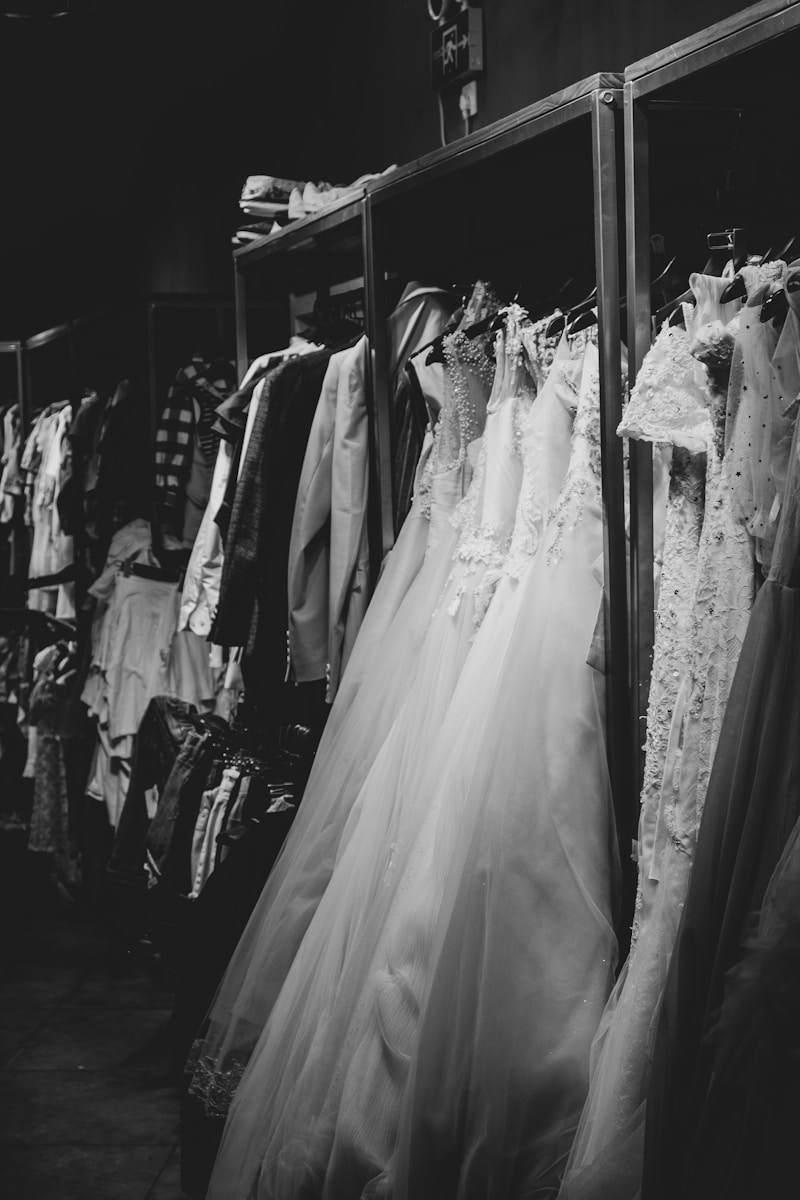Evaluating the Importance of Bridal Inventory Turnover Rate
Evaluating the Importance of Bridal Inventory Turnover Rate
Understanding Bridal Inventory Turnover Rate
For bridal shops, effectively managing inventory is crucial for profitability and customer satisfaction. The bridal inventory turnover rate is a key metric that measures how quickly a retailer sells and replaces its stock. In this article, we will delve into the significance of this metric, explore strategies for optimizing it, and consider the implications for bridal businesses.
What is Inventory Turnover Rate?
The inventory turnover rate is a financial ratio that indicates how many times inventory is sold and replaced over a given period, usually a year. It can be calculated using the following formula:
| Inventory Turnover Rate = Cost of Goods Sold (COGS) / Average Inventory |
A higher turnover rate suggests efficient inventory management, while a lower rate may indicate overstocking or weak sales.
Why is Inventory Turnover Important for Bridal Shops?
For bridal shops, managing inventory is even more critical due to the unique nature of wedding apparel. Bridal dresses, veils, and accessories often come with high price tags, and understanding inventory turnover can help business owners make informed decisions. Below are some key reasons why evaluating the inventory turnover rate is particularly important for bridal retailers:
1. Financial Health
Maintaining a healthy inventory turnover rate improves cash flow. High turnover means that capital is not tied up in unsold goods, allowing bridal shops to reinvest in new styles or replenish popular items.
2. Stock Management
Keeping track of which items sell best helps shops anticipate demand more accurately. This allows bridal boutiques to stock more of the popular items and reduce the quantity of less popular options.
3. Customer Satisfaction
A well-managed inventory ensures that clients find the dresses they want without long wait times. If a popular dress is out of stock, customers may turn to competitors. Maintaining a steady turnover of inventory helps to avoid these issues.
How to Measure Inventory Turnover Rate Effectively
Measuring the inventory turnover rate is simple, but analyzing the results can be complex. Here are some steps bridal shops can take to evaluate their inventory turnover effectively:
Step 1: Calculate Costs
The first step in measuring your turnover rate is understanding your costs. This includes not only the purchase price of your inventory but also additional costs like shipping, alterations, and storage fees.
Step 2: Review Sales Data
Use historical sales data to determine COGS for the past year. Look at peak seasons and any trends in customer preferences to help predict future sales.
Step 3: Determine Average Inventory
Average inventory can be calculated by taking the beginning and ending inventory for the period and dividing by two. This number will provide an overview of how much stock you have on hand during the year.
Step 4: Analyze Results
Once you have calculated your inventory turnover rate, analyze the implications. A turnover rate of 4 is generally considered healthy; however, it can vary depending on specific store dynamics and regional market trends.
Strategies to Improve Bridal Inventory Turnover Rate
If your inventory turnover rate is not where you want it to be, don’t worry—there are several strategies you can implement to improve it:
1. Seasonal Promotions
Take advantage of off-peak seasons to host sales or promotional events. Bridal shops can clear out older inventory while capitalizing on new trends.
2. Limited Time Offers
Introducing limited-time offers on select items can create a sense of urgency amongst customers, prompting them to make quicker purchasing decisions.
3. Use Data Analytics
Investing in data analysis tools can help bridal retailers understand buying patterns, allowing them to make informed decisions on which items to promote, restock, or discount.
4. Diversify Product Offerings
Consider expanding your inventory to include accessories or alternatives for different wedding themes. This can help to attract a broader customer base and increase sales.
Common Challenges in Managing Bridal Inventory
Like any business, managing bridal inventory comes with its own set of challenges. Below are some common issues bridal shops may face:
1. Varying Customer Preferences
Bridal fashion trends can shift rapidly, which means that retailers must be agile and quick to adjust their inventory to meet customer demands.
2. Seasonal Sales Fluctuations
Wedding seasons can be unpredictable, leading to periods of either excess inventory or insufficient stock. Analyzing past sales data can help anticipate these fluctuations.
3. Storage Costs
As stock builds up, storage costs can increase, putting strain on the business’s resources. Optimizing turnover can alleviate this burden.
Conclusion: Improve Your Bridal Inventory Turnover Rate
In summary, evaluating the importance of the bridal inventory turnover rate is essential for bridal shops looking to maximize profit and enhance customer satisfaction. By measuring inventory turnover accurately, utilizing effective strategies to improve it, and being aware of common challenges, bridal retailers can create a more dynamic and profitable business model. Remember, the goal is not just to sell, but to sell smartly—keeping an eye on your turnover rate is a vital part of that process. Retailers should continuously analyze their inventory data, remain flexible in their strategies, and always keep customer preferences in the forefront of their inventory decisions.

